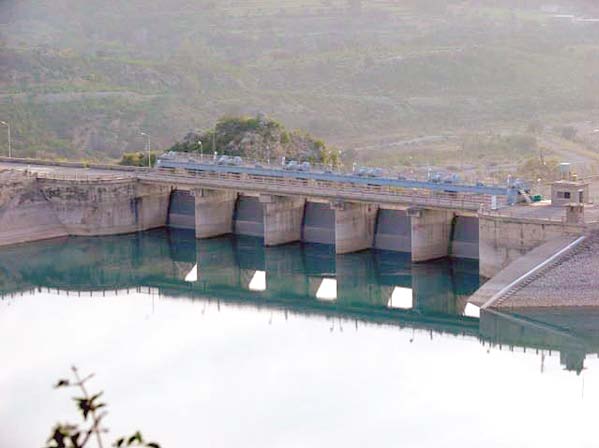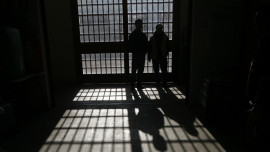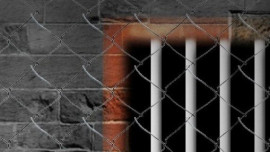
Work on Phase III of the project was subject to long delays due to failure to obtain permission required for the construction of the water supply network, which is to be built over the railway crossing. However, work for seven overhead and four underground water tanks for Phase III is complete.
Railway authorities have now given their No Objection Certificate (NOC) for the project, following which overhead tanks are being connected to the water supply network through four pipelines passing underneath the railway track.
Judicial commission seeks list of rural water supply schemes
After getting approval from railway authorities, project contractors have been asked to expedite the remaining work on phase III and assure completion in shortest possible time.
Phase III of Khanpur Dam Water Supply project incurred an overall cost of Rs880 million of which Rs689 million have been released under the Public Sector Development Programme (PSDP). After the release of the present instalment, the project will need another Rs57.75 million for its completion. Cantonment boards of Rawalpindi and Chaklala will also contribute Rs88.05 million for the project.
The project has water storage capacity of 200,000 gallons from its six overhead tanks and another 200,000 water storage capacity from its three underground tanks.
Two compound tanks with additional storage capacity of 500,000 gallons are also being built at Aliabad for which 95 per cent of the construction work is complete. An underground water supply network has also been built to connect the seven overhead and four underground water tanks of the project.
The network has connection points at Dhok Chiraghdeen, Jhanda Chechi and Marrer Hasan Nogazra Road over which railway lines cross. Because of the delay in construction of these connection points, residents of Rawalpindi and Chaklala cantonment boards are not getting water as per their requirements.
Published in The Express Tribune, March 24th, 2018.
1731570357-0/elon-musk-(1)1731570357-0-405x300.webp)
-(1)1717678110-0/Kendrick-(1)-(1)1717678110-0-165x106.webp)















COMMENTS
Comments are moderated and generally will be posted if they are on-topic and not abusive.
For more information, please see our Comments FAQ